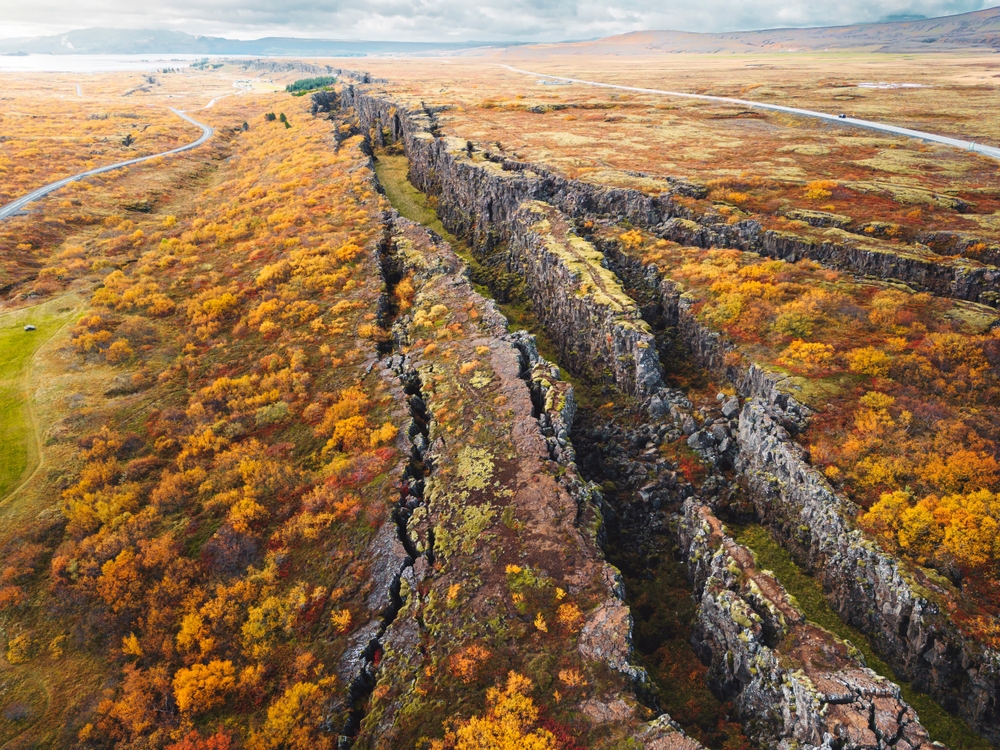The Dawn of Amasia: An Epoch-Making Shift in Earth’s Tectonic Activities

Tectonic activities on Earth are entering a new phase, according to a recent scientific study. As per the research, the usual global tectonic cycle of a supercontinent forming and breaking up every 600 million years is about to change. The next supercontinent, instead of breaking into several small continents, will tear apart into massive, individual chunks due to a shift in tectonic dynamics.
Over the past two billion years, Earth has witnessed the formation and fragmentation of two supercontinents, Rodinia and Pangea. However, researchers predict that this cycle will break with the formation of the next supercontinent, “Amasia.” Unlike its predecessors, Amasia is expected to remain a single landmass due to the altering tectonic forces.
The change in tectonic activities is being attributed to a gradual shift in the Earth’s mantle convection. Mantle convection, the slow churning of material within the Earth’s mantle, is primarily responsible for plate tectonics. However, around 100 million years ago, the convection started to change, leading to a shift from the usual cycle of supercontinents.
This shift in Earth’s tectonic dynamics could have profound implications for the future of our planet. It could potentially impact everything, from climate to the evolution of life. However, more research is needed to fully understand these consequences.
Until then, experts are hopeful about a new era in the Earth’s history, one characterized by enormous landmasses that will remain largely intact. This shift could even bring about a new age of exploration, where humans can traverse uncharted parts of the planet as never before.
The research also raises questions about how this will affect geological processes like mountain formation and erosion. If mountain ranges remain largely intact, it could lead to drastic changes in the global climate. Moreover, it could alter the migration patterns of various species and drastically affect the animal kingdom. All these effects must be further studied in order to understand the full impact of Amasia’s formation.
These findings offer an exciting glimpse into Earth’s future, and further research could help us navigate our way through this new era. By understanding how tectonic forces are changing, we can gain invaluable insight into our planet and prepare for the future.
Overall, this new research has opened up a world of possibilities and raised many exciting questions about the planet we call home. It may be some time before all the answers are found, but one thing is certain: tectonic activities on Earth are entering a whole new phase. The emergence of Amasia could very well mark a significant shift in the Earth’s history, one that could have a lasting impact on life as we know it.
The formation of Amasia could also give rise to new geographical features and landmarks that have never been seen before. It may not only provide an exciting opportunity for exploration, but it could also bring about economic opportunities for countries across the world. For instance, previously inaccessible resources like minerals and oil could be discovered, leading to the development of new industries. These changes could drastically transform economies while providing numerous benefits for people everywhere.
As scientists continue researching the effects of tectonic activities on our planet, it is important to keep in mind that these findings have far-reaching implications. From climate change to geological activity, Amasia’s formation could lead to numerous changes on Earth that are yet to be fully understood. Until then, we can only wait and see how this shift in tectonic activities will reshape our world.
